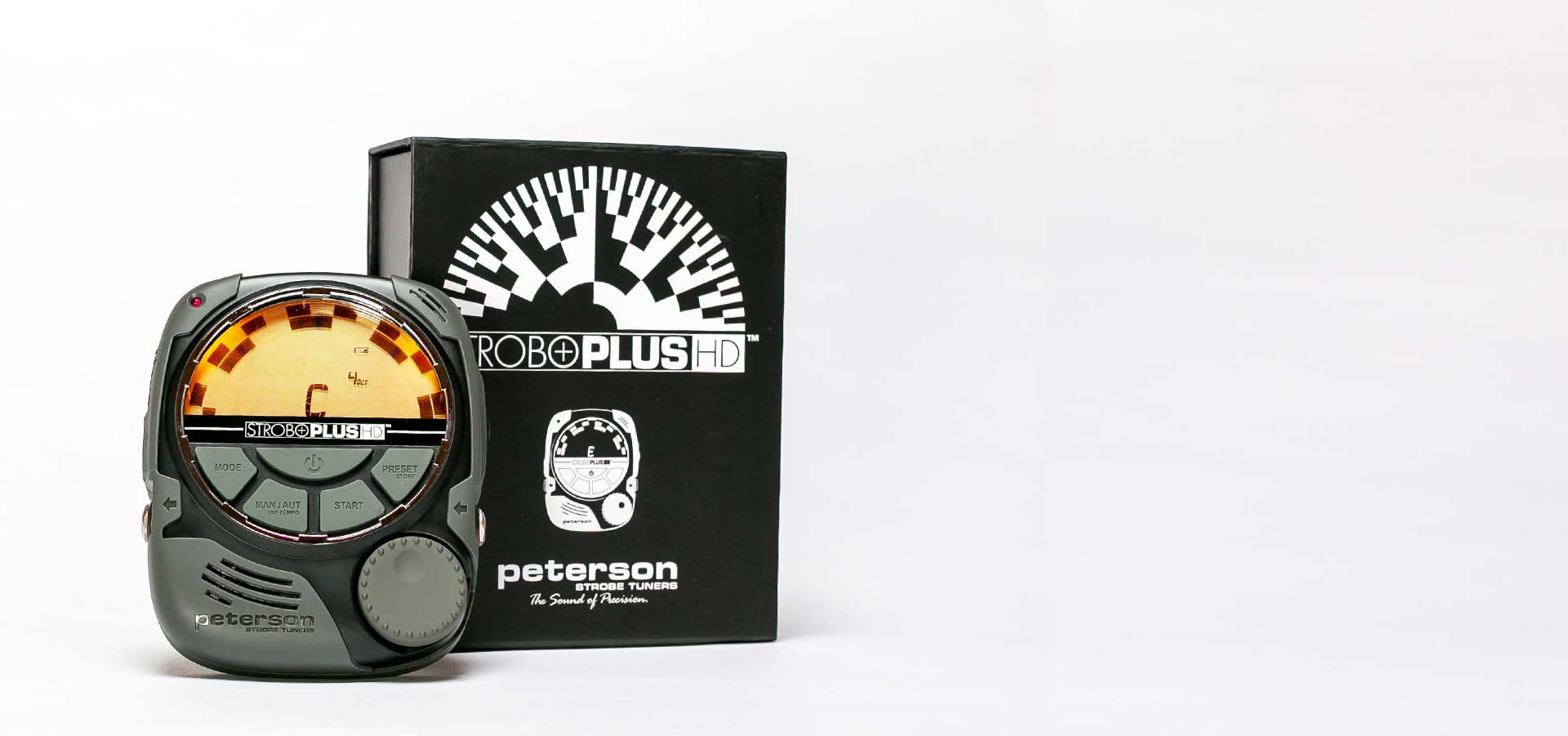

The Model 150, and the Model 200 released in 1959 were the first products to carry the Peterson name. The first Peterson tuner, the Model 150, was released in 1952, after Peterson developed it for their own use in tuning organs. is still family owned, and still has an active research and development program for tuner and pipe organ-equipment product lines.

The "BBO" used pipe organ components and beer bottles with liquid, precisely tuned with a Peterson strobe tuner, to produce a clear, flute-like musical sound when played with a keyboard or via recorded MIDI files. In 1998, the Peterson Company celebrated its 50-year anniversary by creating the "Beer Bottle Organ" prototype in the exhibit area of the American Institute of Organ Builders convention. Peterson became Company President, after previously serving as Design Engineer, Production Manager, and Vice President. Peterson bought their Strobotuner division, and continue to service the Strobotuner product line, which is now made in China. They built two additional buildings totaling 15,000 square feet (1,400 m 2) on the company site between 19. In 1964, the Peterson company built a new 3,000-square-foot (280 m 2) headquarters in Alsip, Illinois, on a plot of 2.5 acres (10,000 m 2). The company went on to produce other products for musical tuning, electronic organs, home security, and keyboards, and later developed and produced electronic and electro-mechanical equipment used in pipe organs. In 1957, Peterson completed the world's first transistor organ for Gulbransen. He soon licensed his inventions to the Gulbransen Piano Company of Chicago to use in home electronic organs. Peterson founded Peterson Electro-Musical Products in 1948. He also focused on the realistic attack and decay of individual electronic notes. He founded Haygren Organ Company to build electronic pipe organs with a sound he felt better matched real pipe organs, and was the first to use multiple oscillators in the organ design to produce a genuine ensemble. Army near the end of World War II, and while stationed in New York City, developed a further fascination with the sound and mechanics of pipe organs. He served as a radio operator for the U.S. In his teens, he began developing a keen interest in radios, vacuum tube circuits, and pipe organs. "Dick" Peterson (born February 26, 1925, died January 29, 2009), was born in Chicago.


 0 kommentar(er)
0 kommentar(er)
